The common journal standard of 0.4% for elemental analysis has come under scrutiny again as researchers demonstrate the method has a failure rate exceeding 25% in correctly identify the molecular formula for tryptophan. This comes after the method – particularly the journal standard – came under fire for the lack of reliability in measurements resulting in Wiley dropping the requirement for its journals. Now, there is growing pressure in the research community to reconsider the 0.4% guideline, although some scientists say that it is still a useful metric.
Elemental analysis can identify and quantify the relative proportions of elements in a sample using combustion chemistry. Highly-sensitive instruments are often required as very low levels of elements are sometimes being dealt with. Ease of sample preparation and multi-elemental screening has historically meant elemental analysis was a well-accepted tool.
This method is so widely adopted that chemistry journals require it for any new compound. Until recently, many journal publishers had very strict requirements – within ±0.4% as standard – causing frustration in the research community and the use of third parties to analyse samples. Journals provided no rationale for their strict threshold. Yet a high failure rate and lack of corroborating raw data from companies has delayed many publications over the years. This, added to the expense of paying to conduct the analyses, has led many researchers to complain about this apparently arbitrary standard.
In 2022, researchers from several labs teamed up and sent out five air-stable organic compounds to several elemental analysis service providers to assess the reason for inconsistent results. While some gave perfect values, one company had a 30% failure rate. Their statistical analysis found that over 16% of carbon results failed the ±0.4% requirement and that it was essentially random.
This study received a mixed response from the research community, but the following year the publisher Wiley abandoned its standard for elemental analysis. ‘Many researchers have thanked us for conducting this study and have told us they’ve used it in response letters to reviewers/editors when asked to provide [elemental analysis] data,’ says Caleb Martin, one author of the study. Jason Dutton, Martin’s colleague and co-author, adds that their results show the ±0.4% value is statistically invalid. ‘As for what the standard should be, if there should be one … would require detailed studies to decide what something acceptable could be,’ he adds.
Challenge to old guard
The latest challenge to elemental analysis comes in the form of a competition. Researchers were invited to assess the probability of identifying the correct formula of pure tryptophan using elemental analysis. The subject of the challenge was not the elemental analysis measurement itself but the ± 0.4% journal requirement. ‘What this challenge does, it says forget about the measurements … what about the standard itself – is it actually good standard?’ says Juris Meija, a member of the International Union of Pure and Applied Chemistry and creator of the challenge.
The winner of the competition used the Monte Carlo method to model the elemental composition and create a molecular formula – bagging a book worth up to €100 in the process. The simulations were repeated 100,000 times and from the set of resulting molecular formulas only 74% were correct for tryptophan (C11H12N2O2) – the analysis churned out an incorrect formula for tryptophan 26% of the time with a threshold of ±0.4%. ‘Even if they had done a perfect measurement, there would be a lot of chance to get the wrong formula … it’s trying to convert a mass measurement into stoichiometry and there’s very little wiggle room,’ says Meija. He adds that we just don’t have the measurement capabilities to get the precision that is needed and that other modern techniques make elemental analysis seem outdated. ‘Both NMR and mass spectrometry have been established modern methods to establish the identity and a purity of organic substances. I just don’t see how the elemental analysis adds anything on top of all the modern methods we already have.’
The problem, however, does not come from the technique itself but bad practice, says Christian Kowol, an analytical chemist at the University of Vienna. ‘The problem is not that this 0.4% deviation is too small. The problem is that many companies who provide elemental analysis measurements are not able to reliably measure elemental composition,’ Kowol says. He believes that there is no proof that the standard is too small and, in his study, found less than 3% of data points fell outside of the 0.4% range and that the solution lies in validating the ability of third-party companies to carry out elemental analysis correctly. ‘This is completely missing with elemental analysis … analytical companies should have a validation and then you can trust them … because you know they have the equipment and they know how to measure.’
Elemental analysis has researchers divided but there is consensus on its limitations. The exact mass measurement must be reliable with confidence in the instrument – and with larger molecules, the elemental composition becomes harder to assess. Meija notes that elemental analysis holds when dealing with smaller molecules but ‘it comes down to complexity, if you have more than something like 10 carbons in a molecule then everything falls apart’, he says. Kowol agrees that the method is inefficient with larger molecules. The best way to overcome this is to use a range of methods, he adds.
Martin says that since they published their findings in 2022, chemists are now more comfortable submitting papers without elemental analysis data. He adds that ‘many [chemists] have said they are using other techniques to rationalise purity. This saves costs and time to enable them to focus on their scientific goals.’



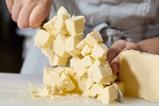

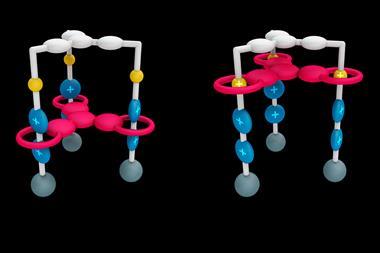
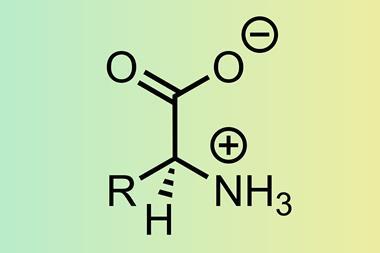
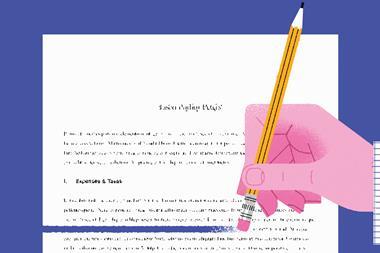
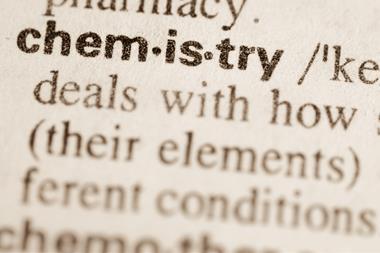
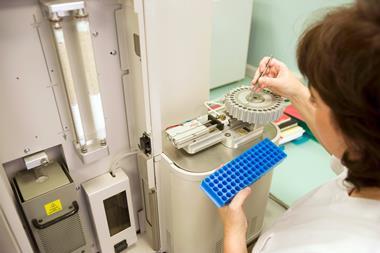
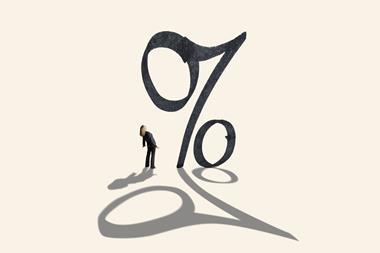






1 Reader's comment